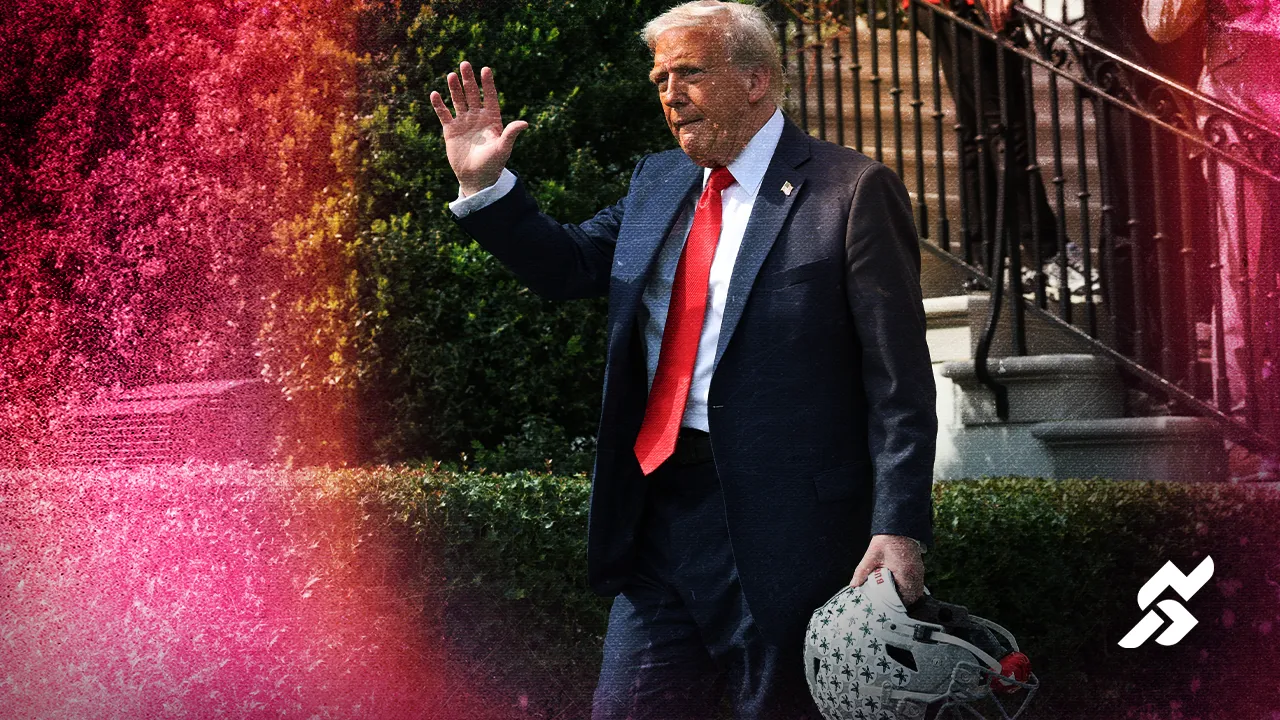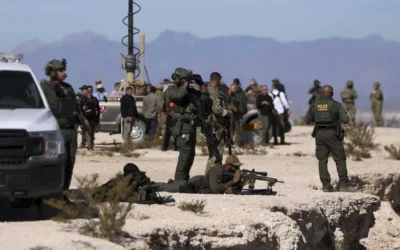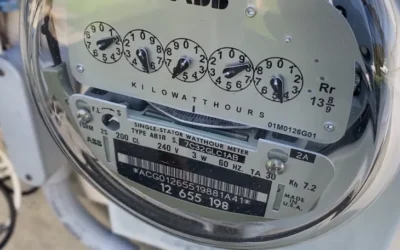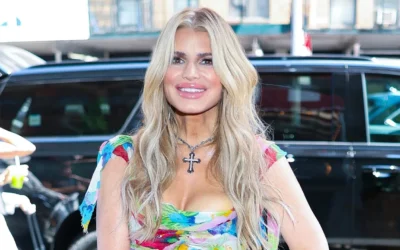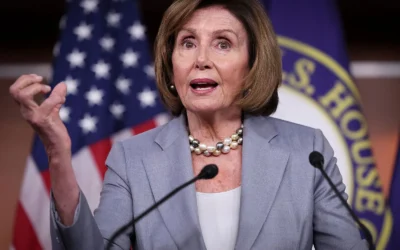Trump’s Executive Order: A New Era for College Sports
In a move that surprised many but also invigorated supporters of collegiate athletics, President Donald Trump signed an executive order aimed at transforming the financial landscape of college sports. The order, which was proclaimed amidst growing concerns over the overwhelming influence of money, aims to prohibit ‘third-party, pay-for-play payments’ to athletes. This initiative aims not only to restore integrity to college sports but also to ensure that student-athletes can maintain a semblance of amateurism.
A Chaotic Landscape
College sports in the United States have enjoyed immense popularity, captivating millions of fans across the nation. However, the financial model supporting collegiate athletics has come under significant scrutiny. With recent scandals revealing corruption and the excessive role of money in college sports, the NCAA (National Collegiate Athletic Association) faced mounting pressure to reform how college athletes are compensated.
The President’s executive order directly addresses these issues, aiming to bring clarity and structure to an often chaotic environment. Notably, the rampant influence of third-party payments has led to complex dilemmas, where student-athletes could potentially be swayed by lucrative offers that compromise their educational commitments.
Key Provisions of the Executive Order
Trump’s executive order outlines specific guidelines that institutions and athletic programs must adhere to, intending to eliminate the murky waters of financial endorsements that could exploit student athletes. Here are some notable provisions:
- Prohibition of Pay-for-Play: The executive order explicitly bans any form of third-party payments to athletes, which includes endorsements and sponsorships that may distort the amateur status of college athletics.
- Increased Transparency: Institutions must disclose financial dealings related to their athletic programs to maintain transparency. This is aimed at preventing any secretive dealings that could jeopardize the integrity of the sport.
- Support for Education: Funding mechanisms will be reviewed, ensuring that financial incentives do not shift focus from education to athletic performance. The goal is to reinforce the notion that college athletes are, first and foremost, students.
- Strict Penalties for Violations: Institutions found in violation of these new directives could face penalties ranging from fines to loss of scholarships, maintaining a strict adherence to the new policies.
Concerns from the College Sports Community
While many have lauded the President’s efforts as a much-needed correction to the issues surrounding college athletics, not everyone is in full agreement. Critics argue that the executive order might inadvertently limit opportunities for athletes, particularly for those from lower socioeconomic backgrounds who could benefit significantly from endorsements and sponsorships.
Advocates for athlete rights believe that the ruling restricts the freedom of student-athletes to capitalize on their skills in a way that many traditional students do. They argue for a more nuanced approach that allows athletes to profit while still preserving their amateur status.
The Future of College Sports Amidst Reform
The long-term impact of Trump’s executive order on the future of college sports will take time to unfold. As universities and their athletic programs adjust to these changes, questions persist regarding how they will redefine their financial structures. Given the varying degrees of wealth among different athletic programs, adherence to these rules could result in further disparities in recruiting student-athletes and securing top-tier talent.
Moreover, Trump’s executive order could be viewed as part of a broader trend towards regulation in college athletics, where institutions may be forced to consider novel ways to fund their programs without overstepping legal and ethical boundaries. The compliance calendars for student-athletes and athletic departments will likely become increasingly rigorous, leading to heightened scrutiny from various stakeholders.
A Broader Political Landscape
The executive order also reflects the broader political landscape concerning college sports and education in America. With the 2024 elections looming, Trump’s focus on college sports aligns with his base, which includes many college athletics fans. It’s not lost on observers that college sports often serve as a microcosm of American culture, combining passion, controversy, and financial gains.
This executive order could serve as a rallying point for Trump as he positions himself as a champion of college sports integrity, appealing to voters who have been disillusioned by the more commercialized aspects of college athletics.
Conclusion: Striking a Balance
As President Trump signs this landmark executive order, the debate surrounding college athletics is only just beginning. Striking a balance between maintaining the educational integrity of collegiate athletics while also catering to the financial interests of athletes is a complex challenge. While many applaud this effort, thoughtful discussions and actions will be necessary to ensure that the college sports landscape evolves without undermining the values that have long been associated with amateur athletics.
In the coming months and years, it will be critical for athletes, institutions, and regulatory bodies to engage in constructive dialogues to shape the future of college sports. The ultimate goal should be fostering an environment where student-athletes can thrive both academically and athletically, ensuring that the collegiate sports system remains competitive, fair, and equitable.

